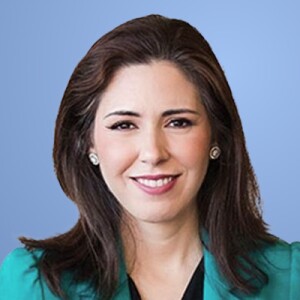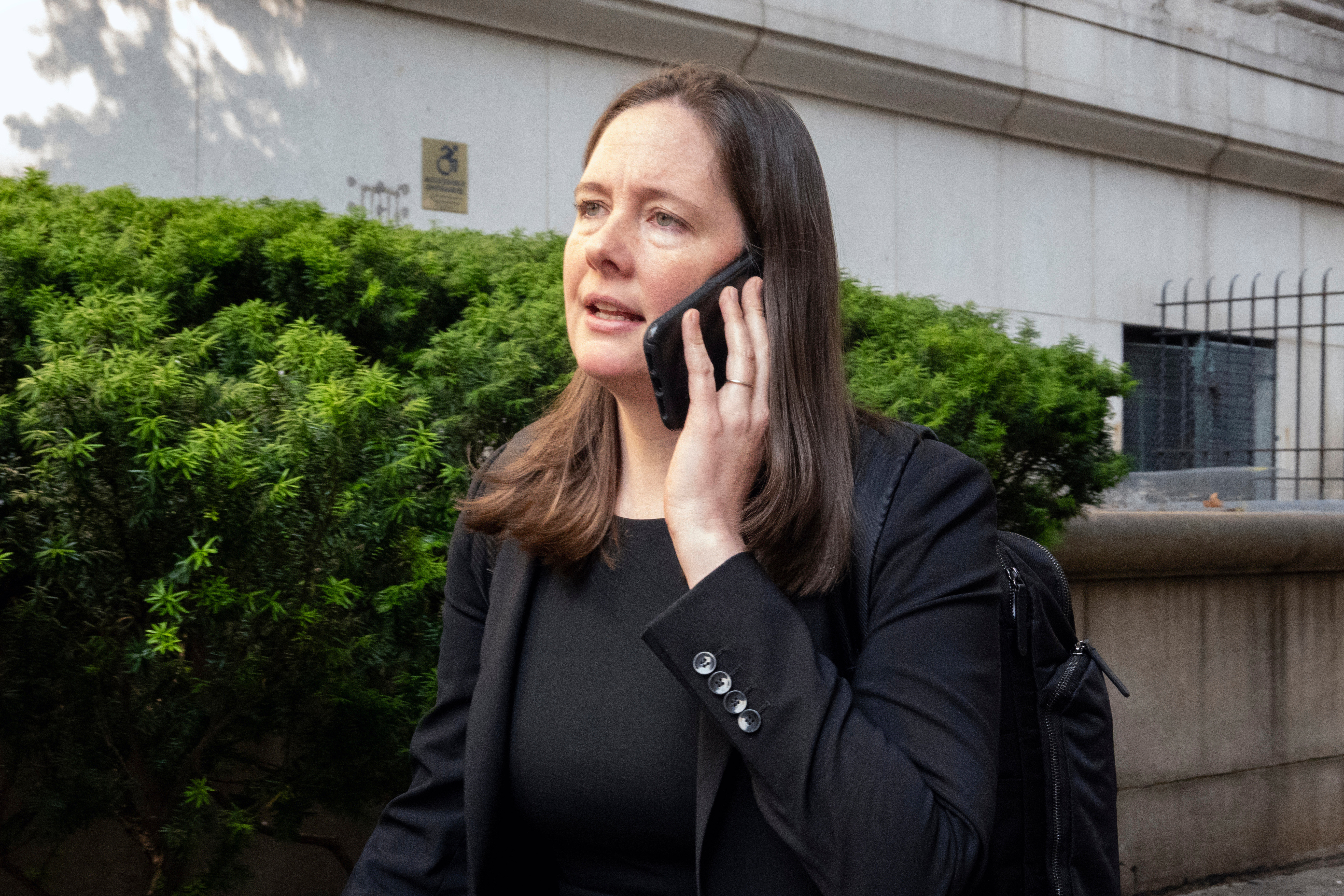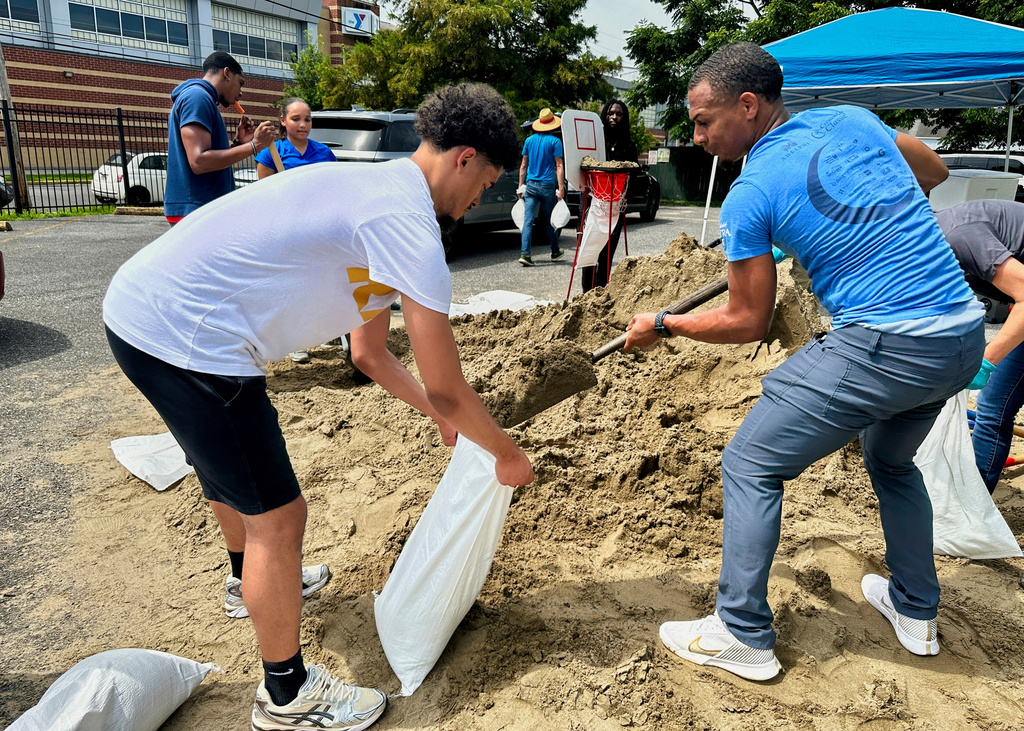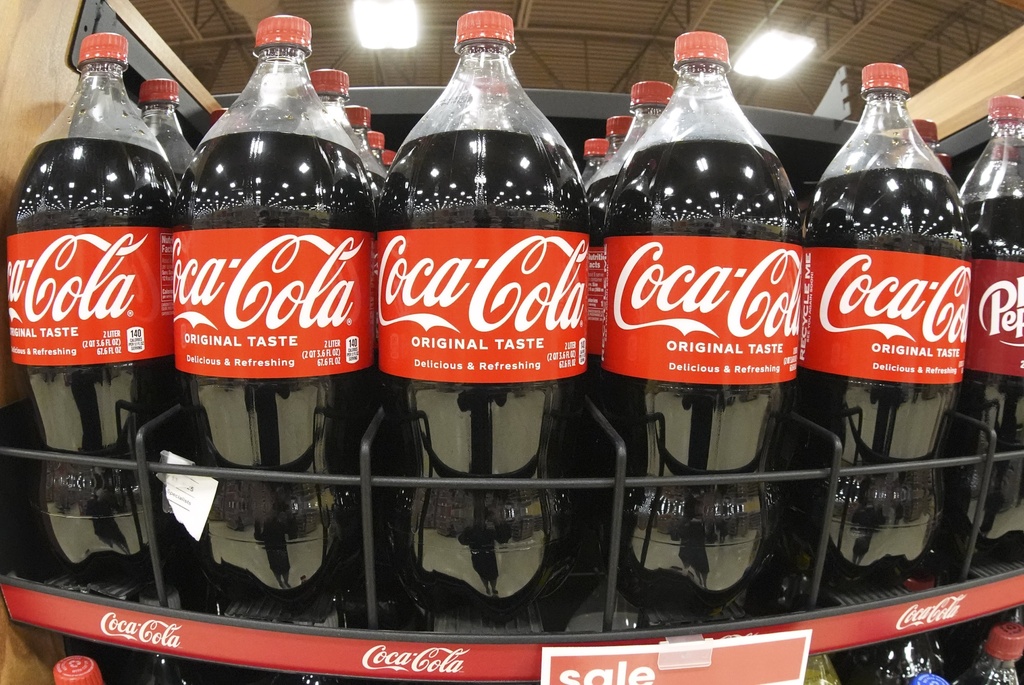In America, reflecting the nation's diversity often falls short when it comes to teachers, but Historically Black Colleges and Universities are working to change that.
In a classroom in Baltimore, it's the teachers that are the students — future teachers, that is.
Among them are Jailyn Bridgeforth, who comes from a family of educators.
"My mom's a teacher. My brother's a teacher," she said. "My sister-in-law is a teacher. My grandmother is a teacher."
Soon, Bridgeforth and her classmates will also be teachers, when they graduate this spring from Morgan State University, one of the nation's Historically Black Colleges and Universities in Maryland.
Many of them are already getting practical experience by working in underserved Baltimore classrooms, like Bridgeforth, who teaches 5th grade math.
"I think it's important that they have someone that looks like them, that's from a similar background as them, telling them there is more out there: you can go to college, you can get a degree, you can become more than just your circumstances," she said. "A lot of these kids, like even in fifth grade, they already feel defeated."
According to the U.S. Department of Education, 79% of teachers in America's public schools are white.
Seven percent of teachers are Black, even though Black students are expected to make up 15% of all students by 2024.

The importance of HBCUs as they grow in popularity
Rooted in Black culture and traditions, historically Black colleges and universities, or HBCUs, are seeing higher enrollment.
HBCUs, like Morgan State, are at the forefront of increasing the number of Black teachers in America's schools.
Research done at the University of Michigan found that while HBCUs make up only 3% of all the higher ed institutions in America, they educate about half of the nation's Black teachers.
"HBCUs play an outsized role in the education landscape," said Dr. Glenda Prime, who is Dean of the School of Education and Urban Studies at Morgan State University.
The university just launched the new National Center for the Elimination of Educational Disparities.
"Inequity in education is the biggest educational problem that the country faces," Dr. Prime said. "So, we're going to have an aspect of the work of the center that will be research, but then we are going to be heavily driven to develop interventions that we can then try out in the schools."
Those interventions could eventually be used one day in David Bryant's classes.
"I grew up in the inner-city public schools and for me, it's like, I want to give back to the community," said Bryant, who is majoring in education at Bowie State University, a HBCU in Maryland.

Campaign encourages men of color to become educators
Black Men Teach Cleveland teamed up with the Cleveland Metropolitan School District to help encourage Black men and other races to become teachers.
For practical experience, Bryant is currently working with middle school students — most of whom are Black. It is an experience he did not have when he was a student.
"For me, I never had Black teachers in my upbringing," Bryant said. "Because of not seeing myself and because of hard experiences, it's just something that I thought I could not do."
Dr. Julius Davis directs the Center for Research and Mentoring of Black Male Students at Bowie State University.
"One of the things that we found with a lot of our students is people haven't invited them to become teachers, and many of them have had bad experiences, which lead them not to even consider teaching," Dr. Davis said.
He said it's critical for students of every age to have diverse teachers, which, in turn, could help attract diversity to the profession.
"We started the program thinking that high school we could catch some students, but high school was even too late," Dr. Davis said. "And, so, we started then backtracking to middle school, but I think that we need to be planting the seed at every level — elementary, middle, and high school."
That is because, in the end, they say it all creates a domino effect.
"When we do a good job at K–12, our higher ed institutions flourish and benefit," Dr. Prime said.
Students themselves might see their own personal benefits, as well.
"It gives students a window into seeing their brilliance and knowing that they can make a contribution to the workforce as well," Dr. Davis said.
It is a workforce that will be needed to educate the next generation.











